In the first half of 2024, rice exports reached record levels in both volume and value, and market opportunities are forecast to continue to expand for the rest of this year. In particular, many businesses believe that the impact from India, if any, will be insignificant.
Many large markets increase imports, Vietnamese rice has more opportunities
The Philippines, the world's largest rice importer and also the largest customer of Vietnamese rice for many years, is forecast to import up to 4.1 million tons of rice, a significant increase compared to the figure of nearly 3.9 million tons in 2023. However, the Philippine Ministry of Agriculture recently estimated that the country's rice imports in 2024 could reach 4.5 million tons. This figure is based on the import output in the first 6 months of the year of 2.32 million tons, an increase of nearly 25% over the same period in 2023. Meanwhile, the US Department of Agriculture (USDA) forecasts that the Philippines could import up to 4.7 million tons of rice, an increase of 500,000 tons compared to the forecast made at the beginning of the year. Previously, the Philippines had to import an average of 350,000 tons of rice per month, but now it must increase to 400,000 tons to meet demand. The government's implementation of Act 11203, which allows for the liberalization of rice imports, and Decree 62, which reduces rice import duties from 35% to 15%, are the basis for the above forecasts.How worrying is the Indian "variable"?
It has been exactly 1 year since India issued a ban on rice exports (July 20, 2023). As a country with a rice export volume accounting for 40% of the world market share, every move by India has an impact on the global market. Mr. Tran Vu Khanh, Director of Hiep Quang Agro Company (HCMC), commented: Recently, India's rice production has been good and inventories are gradually increasing. Meanwhile, the post-harvest preservation system is also not good, so the need to resume export activities is increasing, in addition to creating income for rice farmers. At that time, Vietnam's rice export activities will be more or less affected. "However, this will also be carefully considered by the Indian side to find a way to export goods at a good price. It is likely that the decision will be made in October, after the Kharif harvest," said Mr. Khanh. Meanwhile, Mr. Phan Van Co and many Vietnamese enterprises believe that although the export demand is real, India still prioritizes domestic food security as well as government contracts, so at least in 2024, the impact on Vietnam's rice export activities will not be large, especially in the context of high world demand. On the other hand, Indian rice is not in the same segment and market as Vietnam. Ms. Phan Mai Huong commented: "India is a very unpredictable variable. India will lift the ban or impose a floor price for exports, or even impose an export tax of 90-100 USD/ton on non-basmati white rice... Up to this point, the information is all speculation and only at the proposal level from relevant parties. Meetings between ministries, branches and associations are real, but no final decision has been made. The goal of releasing the rice inventory is there, but if viewed from a general perspective, the factors that make extending the ban or restricting exports seem to prevail." Source: https://thanhnien.vn/gao-viet-truoc-thoi-co-moi-185240718214828521.htm


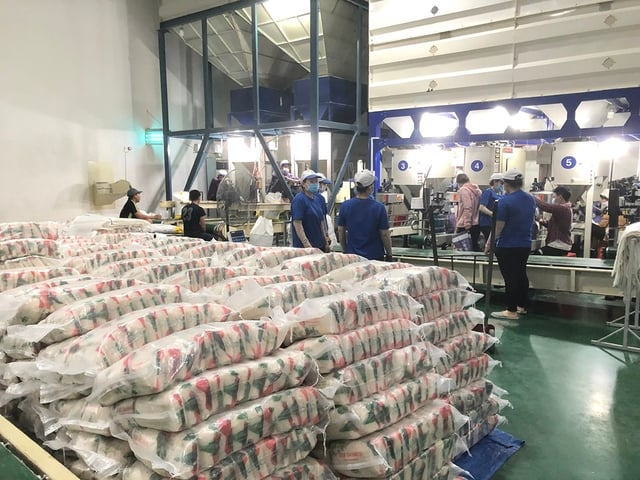



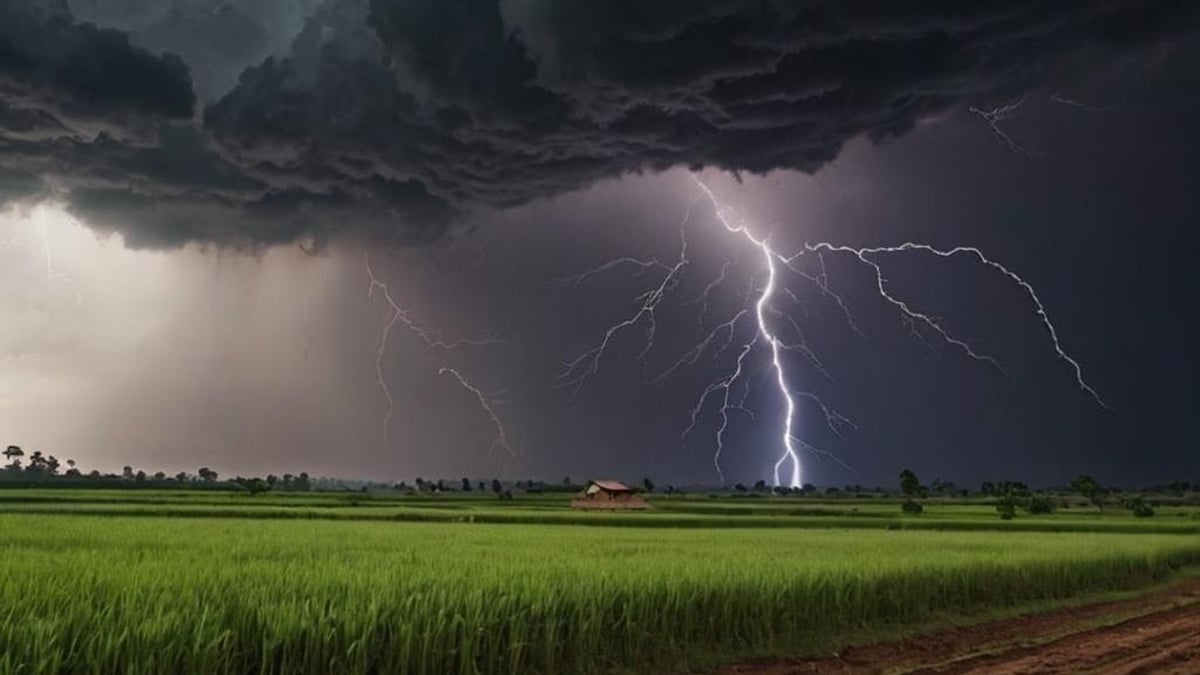

![[Video] More than 100 universities announce tuition fees for the 2025–2026 academic year](https://vphoto.vietnam.vn/thumb/1200x675/vietnam/resource/IMAGE/2025/7/18/7eacdc721552429494cf919b3a65b42e)

















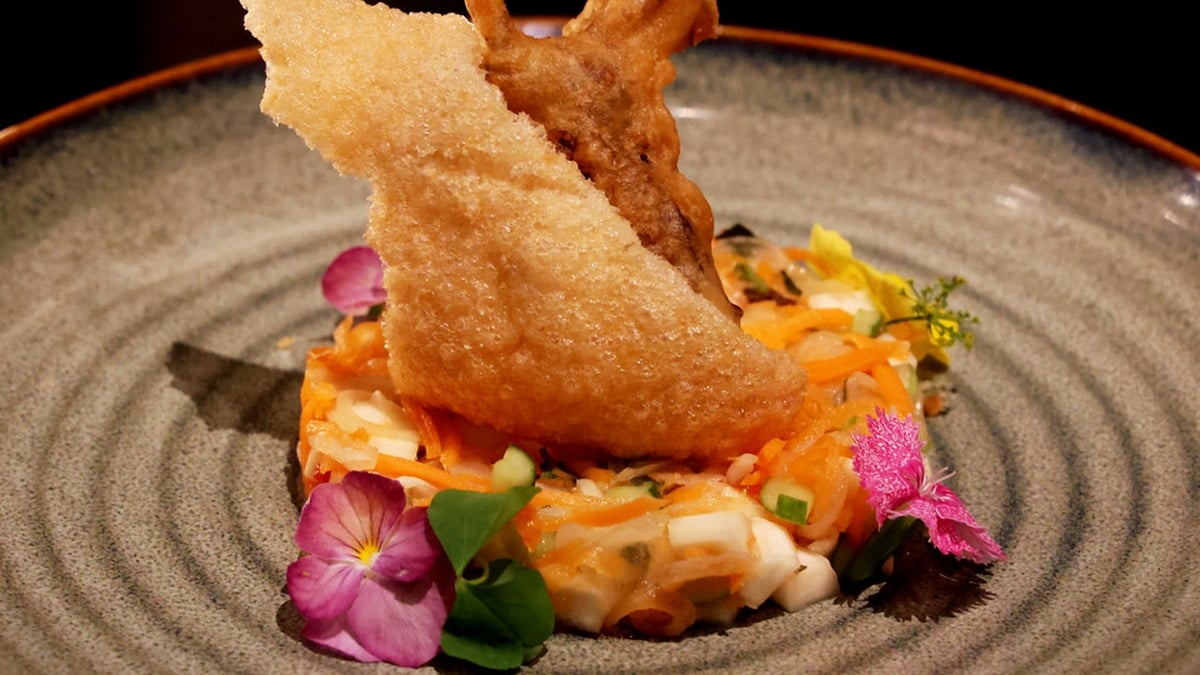










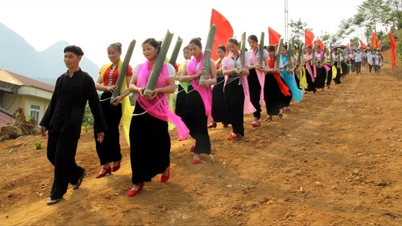
























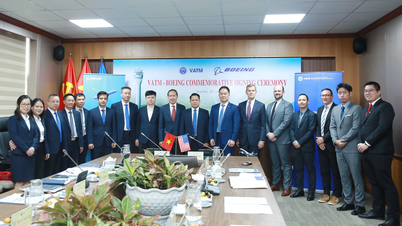































![[Infographic] In 2025, 47 products will achieve national OCOP](https://vphoto.vietnam.vn/thumb/402x226/vietnam/resource/IMAGE/2025/7/16/5d672398b0744db3ab920e05db8e5b7d)





Comment (0)